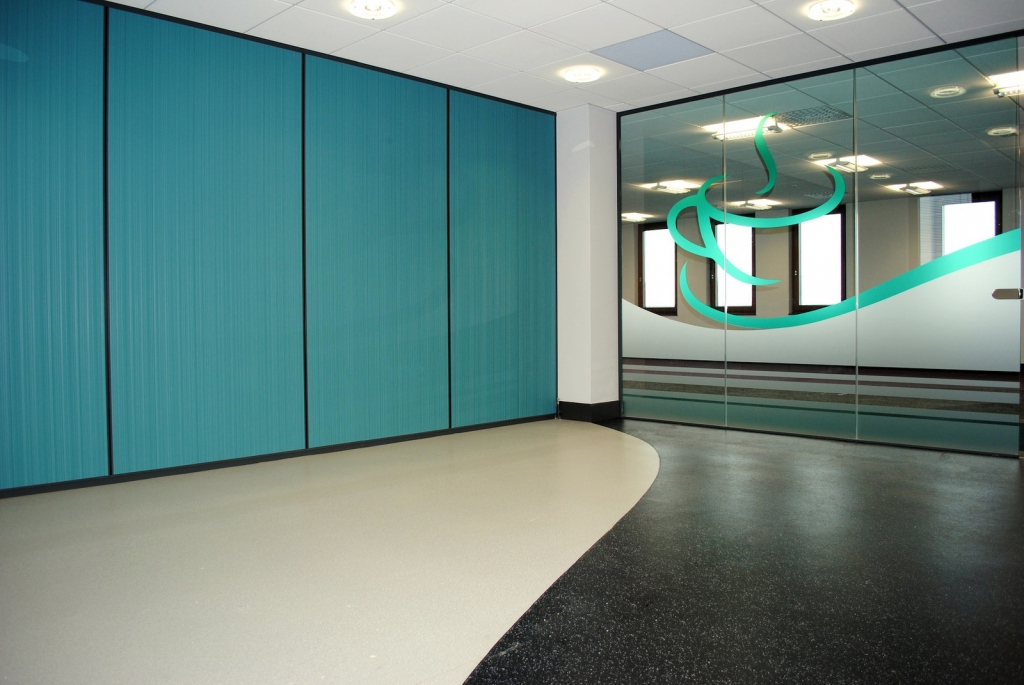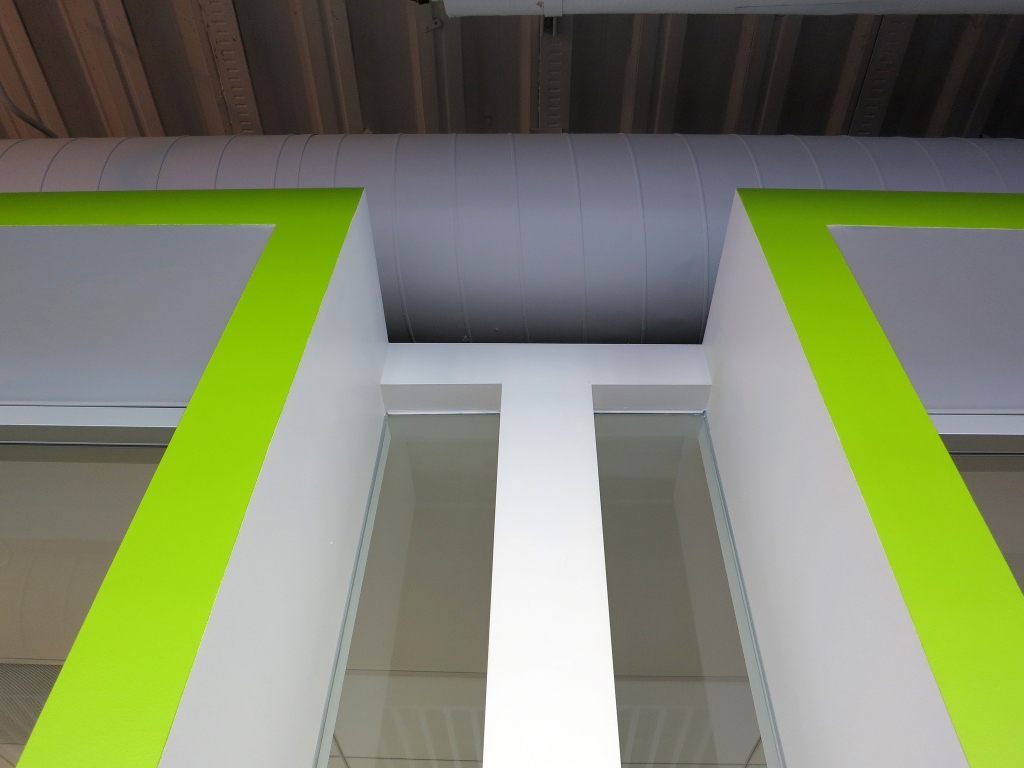The fact that business offices are shared by several people leads to a conclusion that work conditions in companies have to be on the highest level, to keep them productive. Getting to this level can be achieved through a series of redecoration and retrofitting moves, directed towards an energy-efficient office. But which ones are more important than others and how to make them in the most practical way?
Retrofitting and Employees
It is hardly imaginable that you can stop working for a few days, so as to let your contractors do all the works at your business premises. On the other hand, having redecorators and constructors insulating the walls or installing the air-conditioners while your employees are trying to increase the company’s profits is also a bad choice. This is why planning is an inevitable part of every retrofitting process. You have to decide how the work process will be organized during those works. Probably the best option is redoing office by office, while the workers that use the office(s) under reconstruction will be working from another one during that period.

How Efficient is Enough?
Before changing the looks and energy performance of your office, you should get some knowledge on the energy itself. The Australian Government has prepared some basics about non-residential buildings and energy efficiency; more about it here. Also, it would be wise to consult a professional energy audit or contact one of the government agencies responsible for businesses and energy efficiency. If you get an estimate from two sources, you will have the whole picture of what needs to be done to make your office an efficient and comfortable place.

Mind the Doors and Windows
As you may know, the largest amount of heat is lost through doors and windows. Beside them, energy is also lost through badly insulated walls. In addition, thin and cheap doors can also have bad sound insulation, which lowers the quality of work in general. Given the benefits of quality double glazing, this retrofit imposes itself as the logical choice. This project requires evacuation of the workers from the chosen office, so that the windows can be installed or redecorated. After that, the wall insulation and doors are the next move on the steps on the efficiency ladder.

Insulation from the inside
The largest problem for small and midsized businesses when it comes to insulation is the fact that most of them are situated in shared buildings. This means that they cannot do any insulation works on the outside of the building. Of course, insulation materials, such as fiberglass, Styrofoam or even cork can be added to the inside walls, but such insulation challenges also require work reorganization and cause a lower level of productivity for the business during the period of such works. Find out more about interior office walls retrofitting in a report made by the US Government.
Keeping an office efficient requires a lot of planning in advance and great business organization. So, maybe the best option is calling an energy audit to assess the place before you rent it for your business purposes. Only then will you know how much money to invest to make it efficient. Once you have found or created an energy-efficient office, your work efficiency will inevitably go up, too.
